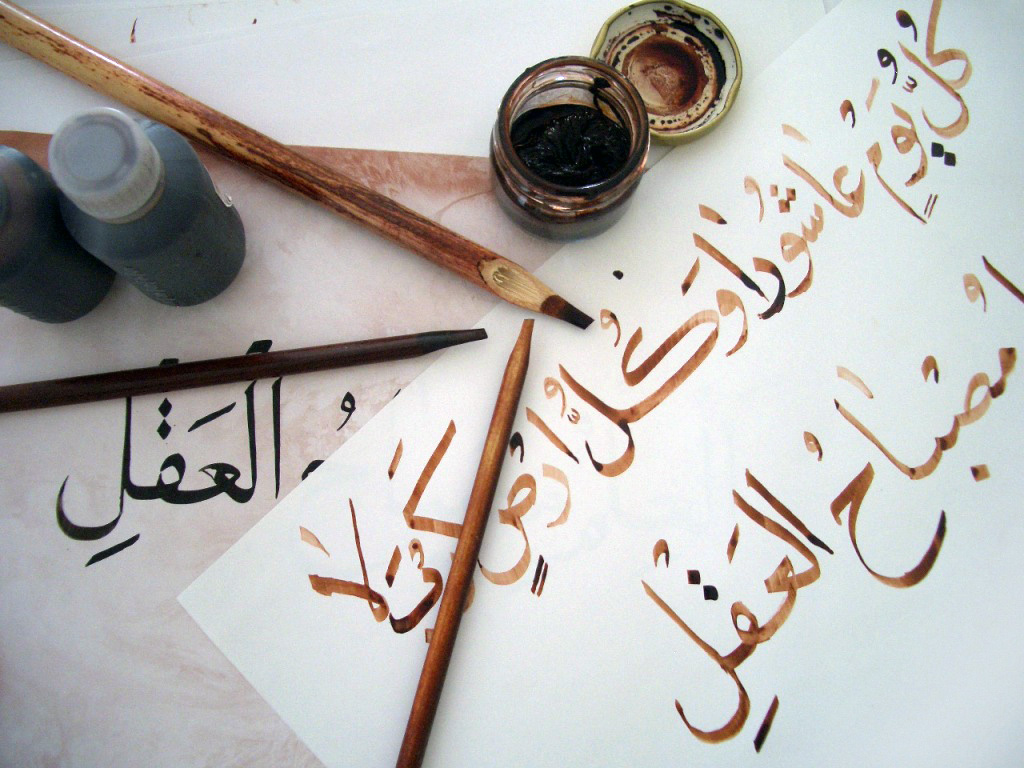Celebrated every day on December 18, International Day of Arabic Language, celebrated since 2012 by UNESCO, aims to shed light and appreciation one of the fastest growing languages in the world. The #Arabic language is a pillar of the cultural diversity of humanity. With more than 290 million native speakers, it is one of the most widely spoken languages in the world. Today we mark the World #ArabicLanguageDay. pic.twitter.com/vEWGBnmWiL — UN Geneva (@UNGeneva) December 18, 2019 Arabic, officially used in over 25 countries and with over 400 million native and non-native speakers, the Semitic language has been around for around a thousand years. It comes in a variety of dialects and written forms, sprinkled around the Middle East as well as elsewhere in the world through the diaspora of Arabs and Middle Easterners. During the Middle Ages, Arabic was a driving force of culture in Europe with Arabic scholars widely studied and honored in Europe during the Middle Ages. Having been inspired from their own cultural backgrounds and from Greek history and philosophy, Arabic scholars excelled in mathematics (especially Algebra), science, medicine and philosophy. The language has also inspired…
On International Day of Arabic Language: Appreciating Arabic Calligraphy
December 18, 2019



